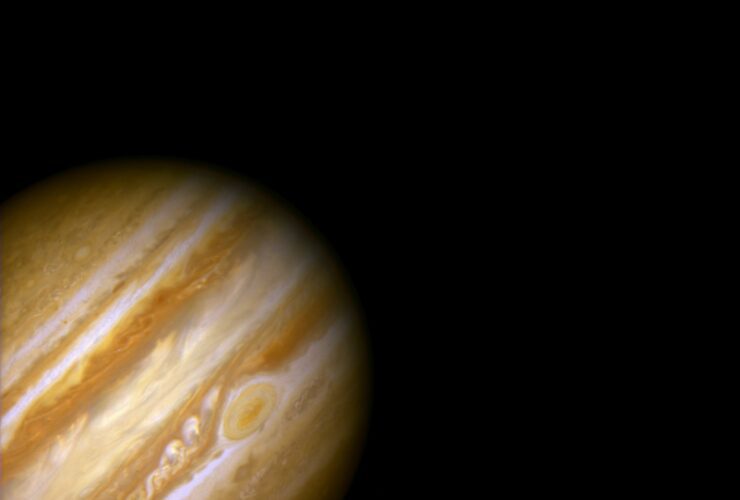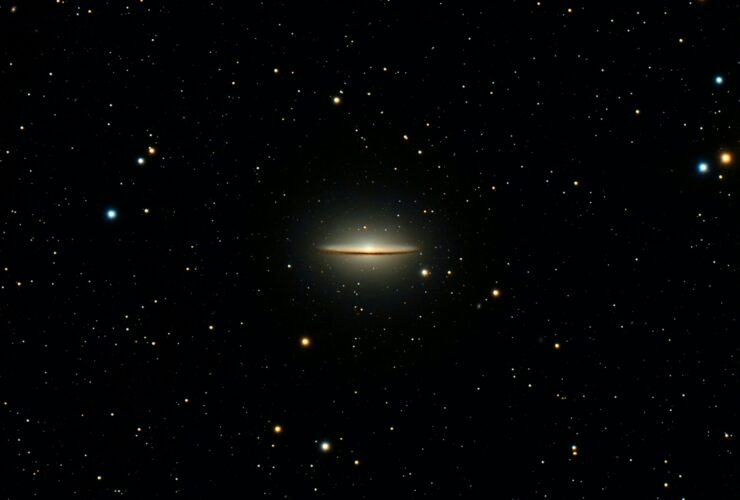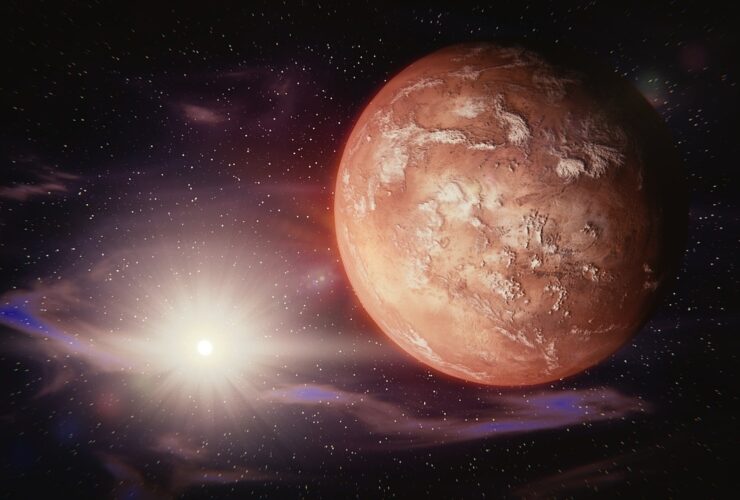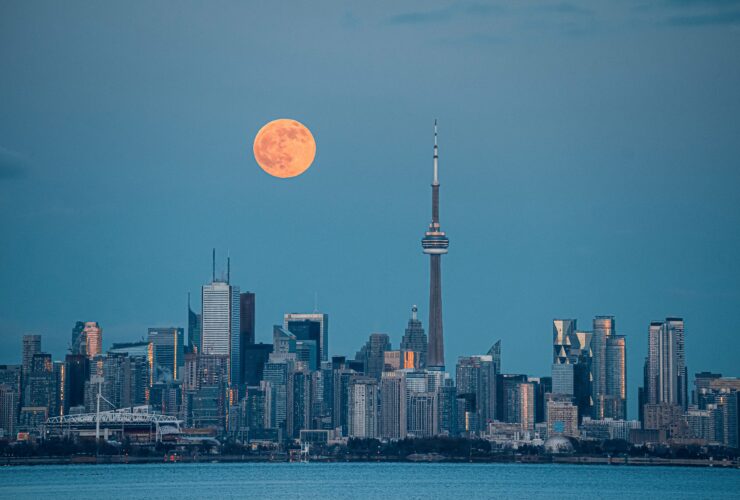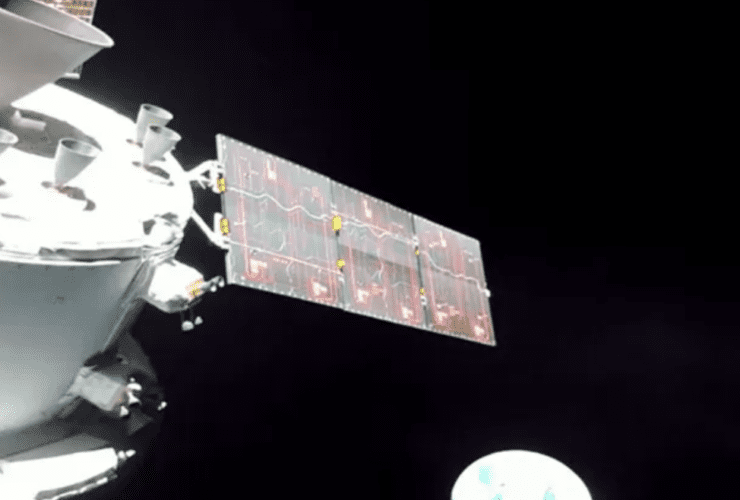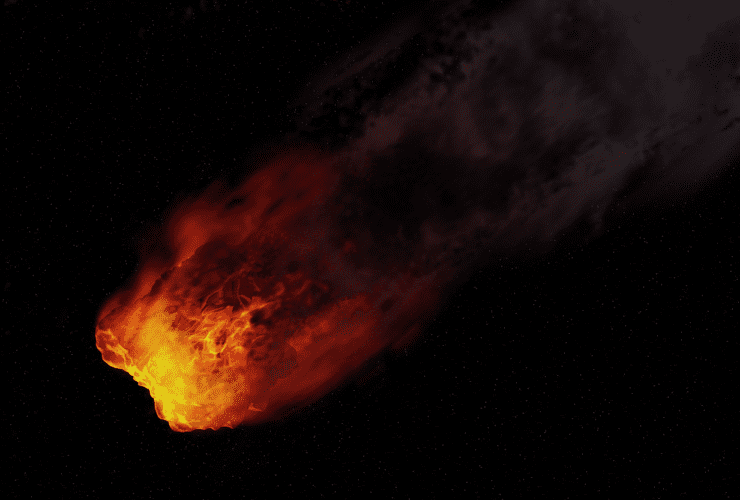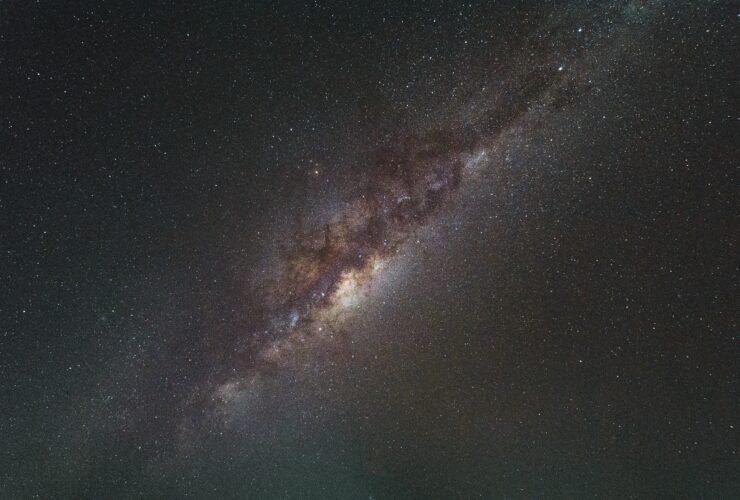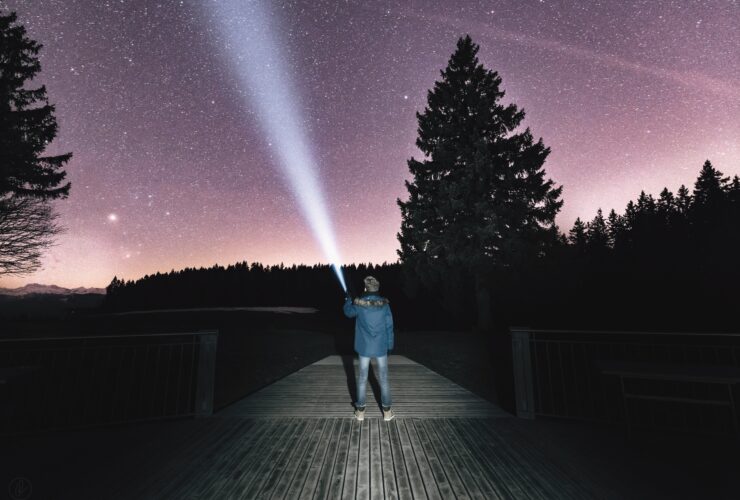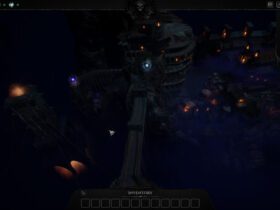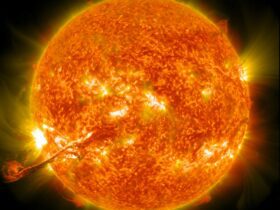Mark Rober, a former NASA scientist who now posts footage of experiments on YouTube, regularly uploads videos of experiments that leave viewers speechless. His channel is packed to the gills with amazing videos that show him experimenting with a variety ...
How can we learn if a tunnelbot powered by nuclear reactors finds life under Europa’s icy crust and how can scientists back on Earth contact a submerged probe? We know very little about the composition of that ice, its thickness, ...
In yet another example of its potential to reveal cosmic secrets, NASA’s most powerful space telescope has determined the molecular and chemical profile of an exoplanet’s atmosphere. Following its debut earlier this year, the James Webb Telescope’s extraordinary infrared capabilities ...
Mars may not have always had a weak magnetic field or an atmosphere with only 1% of Earth’s pressure. Depositional and erosional processes, ubiquitous on Earth and triggered by water, might readily explain many of the surficial features of Mars, ...
As China steps up its challenge to NASA’s leadership in space exploration, the government has announced that it intends to build its first base on the moon by the year 2028. This will be followed by the landing of astronauts ...
NASA has declared that humans could live on the Moon for approximately ten years. On Wednesday was launched the Artemis rocket that contains the Orion lunar spacecraft. The mission of this rocket is to bring the astronauts back to the Moon ...
Meteorites represent leftovers of our Solar System’s formation, but only if at least some small parts of them reach the Earth’s surface. Space rocks that end up burning up completely in our atmosphere don’t qualify as meteorites; they are just ...
An undiscovered region of space called the “zone of avoidance” is the location of a galaxy cluster recently found by astronomers. About 10–20 percent of the night sky is blank, like a phantom zone, according to IFL Science. Its proximity ...
In recent years, cutting-edge telescopes around the world have spotted hundreds of gold-rich stars. These rich in gold stars likely originated in progenitor galaxies, smaller galaxies that combined to become our Milky Way, as shown by the most detailed models ...
An exciting new era has begun in the quest for Earth-sized planets orbiting neighboring stars, which are extremely challenging to discover given their tiny size, with the “first light” of new planet-hunting equipment at W. M. Keck Observatory. The Keck ...


